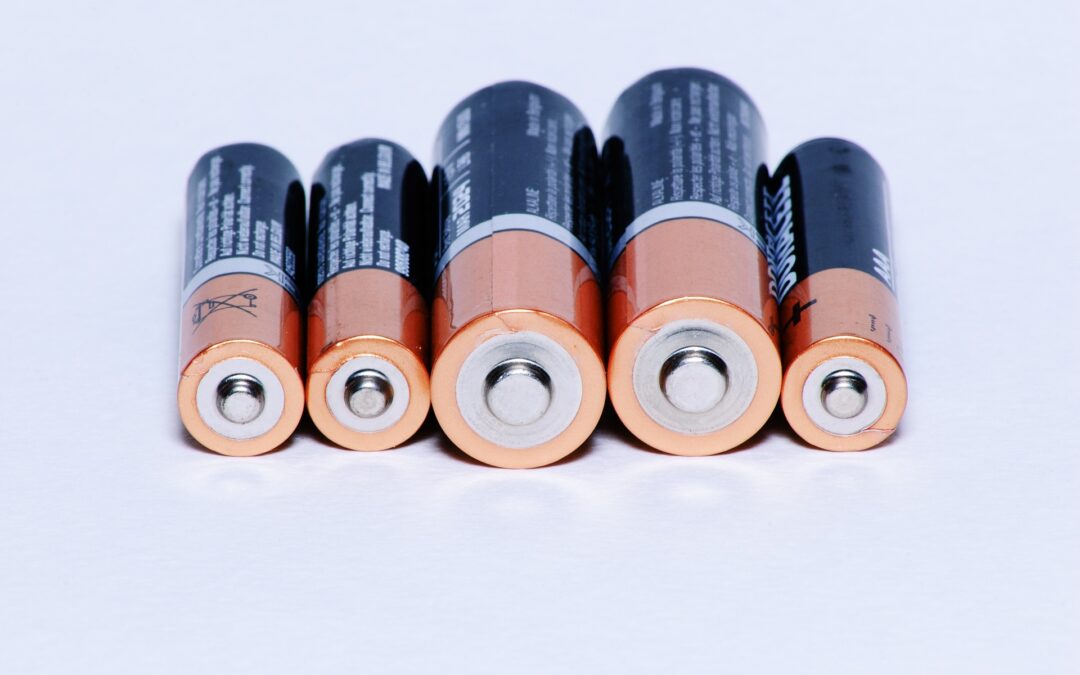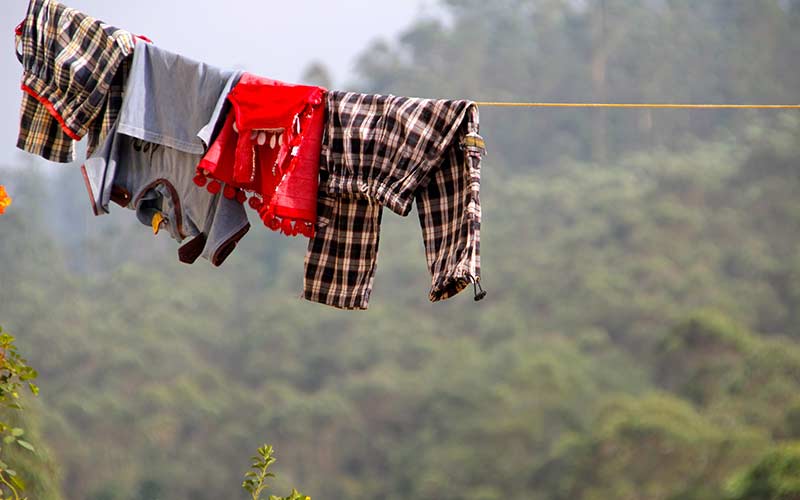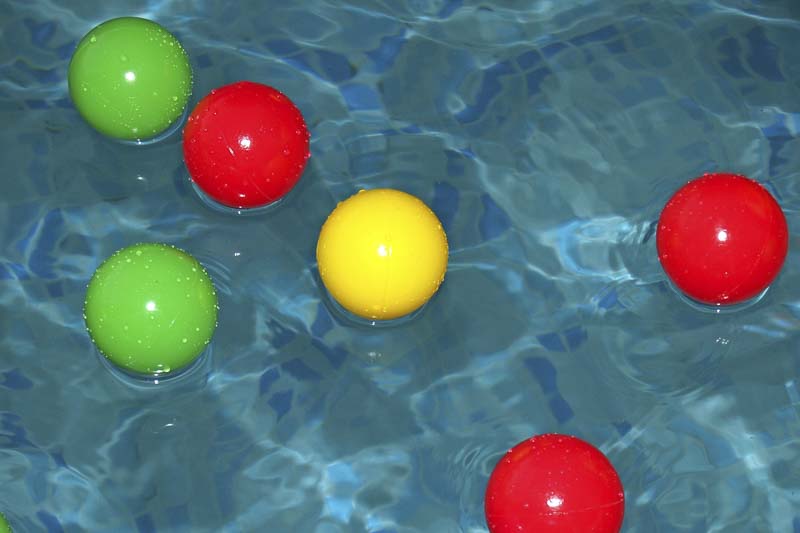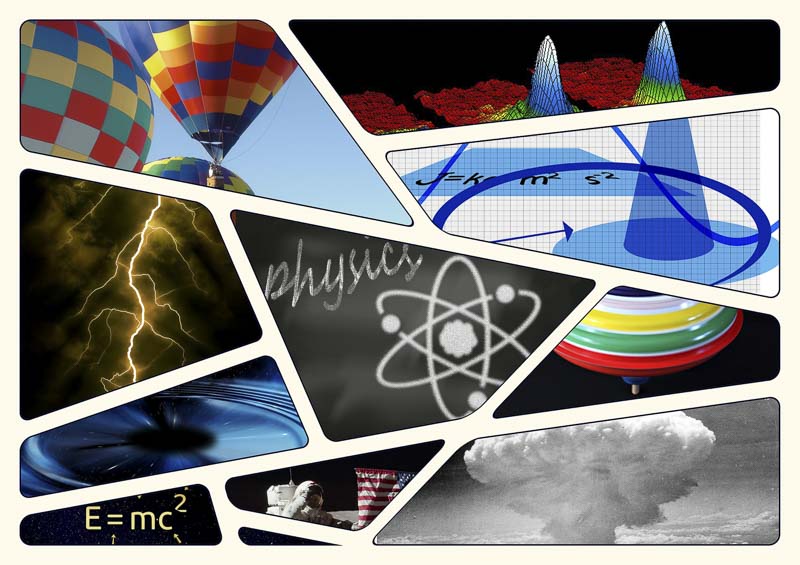What do rockets and flight have to do with each other?
Find out in the two projects and lesson below.
Rockets and Flight Science Projects
Make a Paper Flying Machine
Make a kind of glider or flying machine that will go farther even than a paper airplane!
To make your paper and plastic flying machine soar through the air you will need to give it thrust by tossing it with your hand, just like a rocket needs thrust to take off from the ground.
What You Need:
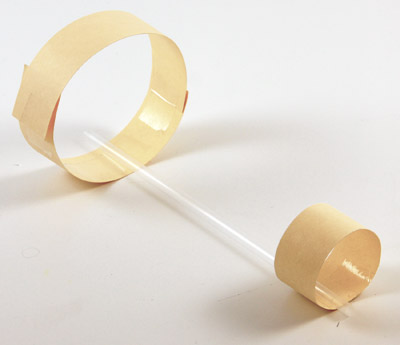
- 1 regular plastic straw
- 3×5″ index card (or cardstock cut to size)
- Scissors
- Tape
What You Do:
1. Cut the index card into three strips that are 1″ wide and 5″ long. (Get an adult to help you.)
2. Overlap the edges of two of the strips by about one inch, and tape them together. Now you have one long strip. Bring the two edges of the long strip together, overlap them, and tape them together to make a loop.
3. Make a smaller loop with the last index card strip by overlapping the edge and taping together.
4. Set the straw inside of the small loop, so the end of the straw sticks just outside of the end of the paper loop. Tape the straw to the inside of the small loop.
5. Tape the other end of the straw to the inside of the large paper loop. Make sure that the straw is set evenly inside of each loop, not to one side or the other, so your flying machine will be balanced. Also, be sure that the openings of the straw are not taped shut.
6. To fly your glider, hold it with your thumb and index finger, and toss it in the air at a slight upwards angle.
What Happened?
Your glider was able to fly when you pushed it forward. Force is the word scientists use to talk about different kinds of pushes and pulls. Different forces create motion (anything that is moving has motion). Flight is a kind of motion. Your glider flew a long way, didn’t it? All of the thinnest parts of the machine are the ones that needed to be pushed through the air. Air is light, but it still has weight. You had to use force to make your flying machine cut through the air, and because of the way you made it, it worked really well! A little bit of force made the glider go a long ways. What do you think you could do to make your flying machine even better? Could you make it lighter by using a shorter straw? Try it out.
Rocket Pennies
What You Do:
1. Put an empty plastic bottle (from water or soda) in the freezer, with the lid off.
2. Take the bottle out of the freezer after one hour. Get the penny wet and slide it around the top of the bottle, until it sticks there. Put the penny and the bottle back in the freezer for one more hour.
3. Take the bottle out of the freezer, and hold it in both of your hands being careful not to squeeze the bottle too tightly. Your hands should start to warm up the bottle.
4. After a few minutes of holding the bottle in your hands, the penny should pop up into the air!
What Happened?
When air warms up, it takes up more room (expands).
When the air inside the bottle got warmer, it expanded, but it had nowhere to go!
So, the penny was pushed out of the way by the air. The way a rocket works is very similar.
But instead of being powered by hot air, a rocket is powered by expanding gas.
In a rocket engine, two different kinds of fuels are heated and mixed together to make a lot of gas, and it expands very quickly.
Just like in this experiment, the pressurized gas wants to escape. In a rocket, it’s directed out through a nozzle and hits the ground with enough force to push the rocket up into the air!
Science Lesson
Things That Fly
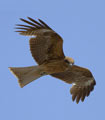
Why can’t you and I fly like birds can?
If we jump up in the air, we’ll just come back down again.
Things that fly (birds, planes, and rockets) all work on the same science principles.
There are four main science principles or laws that have to do with flight: thrust, weight, lift, and drag.
Thrust is the motion that makes an airplane move forward, and a rocket move up. Throwing your air glider gave it thrust.
Weight works against thrust. The weight of a rocket is always pulling it down, so in order to fly it has to have more thrust than weight.
Lift is the force behind elevation. A bird’s wings flap up and down to give it lift. A plastic bag can get lift from the wind blowing it across a parking lot. For birds and airplanes, lift is caused by air moving around their wings creating pressure that keeps them up. Lift keeps airplanes in the sky, while thrust gives them power to move forward.
Drag is why your flying machine eventually stopped. It was dragged to the floor by the weight of the air around it, even though it had lift and thrust.
To keep flying, you would have to keep giving it the thrust it needed, since the force of you tossing it wasn’t enough to overpower drag for very long.
Blasting Off into Space
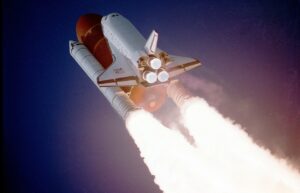
When a rocket blasts off, two different kinds of liquids are heated and mixed to create a burst of gas, which fuels the rocket.
The gases are moving so fast and are so powerful, that as they escape through a nozzle and hit the ground, they push the heavy rocket up into the sky.
As more fuel is added, the rocket keeps going further and further into space.
Some rockets actually are made up of several parts – once the main part of the rocket has used up almost all its fuel, a second rocket that is smaller blasts off from the main rocket.
Before a spaceship (also called a space shuttle) can get up in space, it needs to be launched by a rocket.
The space program in the United States that launches rockets into space is called NASA (National Aeronautic and Space Administration).
Aeronautics is the science of flight, and comes from Greek words that mean ‘air’ and ‘navigation’. NASA’s mission in 1969 (which was called Apollo 11) was when man walked on the moon for the very first time.
The rocket that brought astronauts to the moon was called Saturn V. There were different models of Saturn rockets built for NASA before that, but Saturn V was the biggest and most powerful.
It was 110 meters high and 10 meters across!
The fuel needed for this rocket came from two different liquid fuels which mixed to create a lot of gas very quickly.
Rockets are an amazing invention! They are still being used to help us learn more about flight through space.
To view a printable PDF version of this article, click here.

